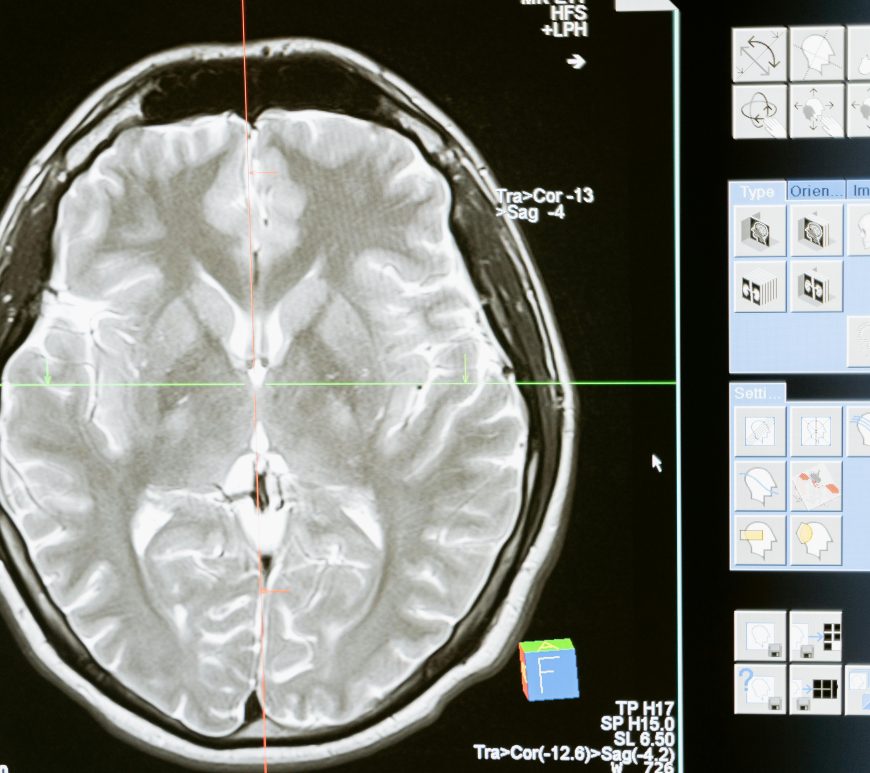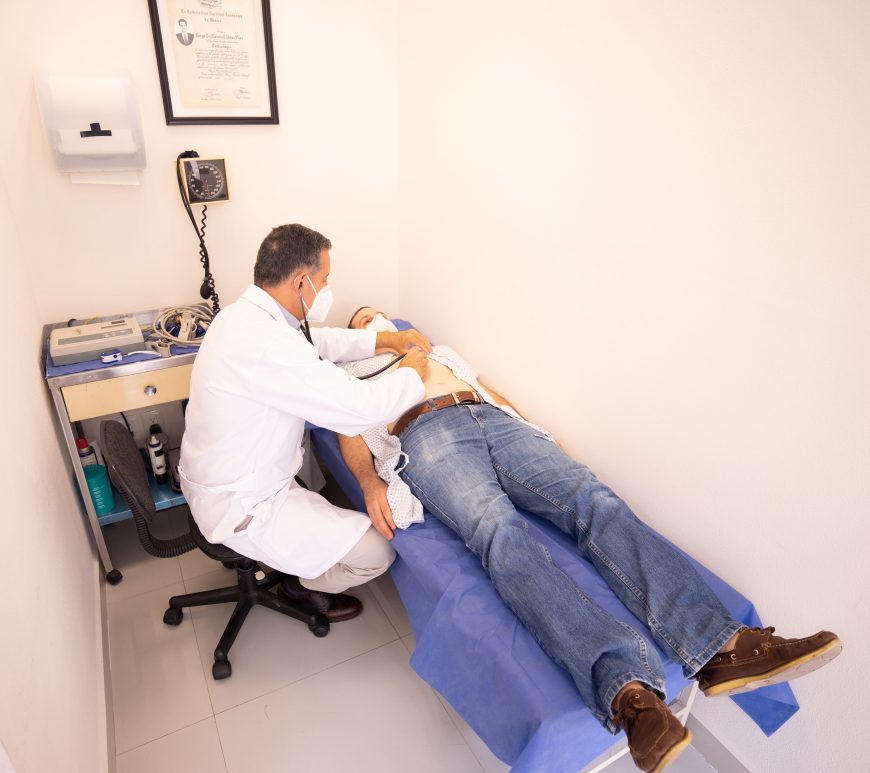
Can botulinum toxin enhance lower limb spasticity treatment post-severe brain injury?
In 2005, a double-blind, placebo-controlled trial conducted by Verplancke, et. al., aimed to assess the effectiveness of combining serial casting with botulinum toxin injections in reducing calf contracture development following severe head injury. The study, carried out at an acute general hospital in the UK, involved adults aged 17-70 years who were admitted following a severe brain injury. The trial included three parallel treatments for … Continue reading Can botulinum toxin enhance lower limb spasticity treatment post-severe brain injury?



